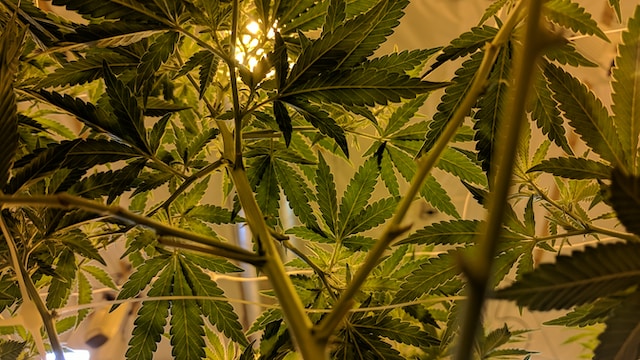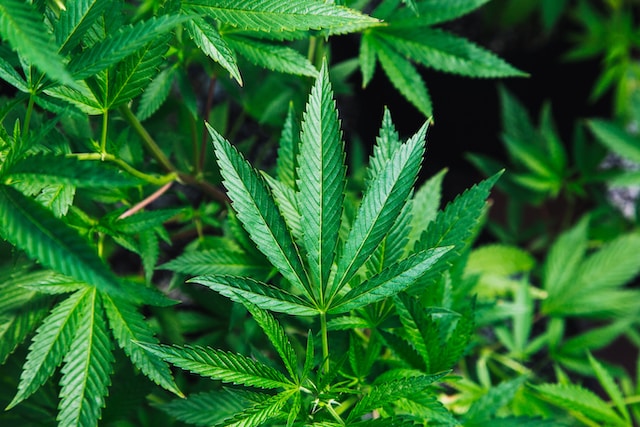The cannabis plant can be used for a myriad of purposes to benefit humans, and not just in a medical cannabis capacity. Researchers in Argentina recently examined using discarded cannabis material from the legal cannabis industry to see if it can be an effective component for supercapacitors.
Supercapacitors are organized based on their electrode configurations, being classified as either symmetric, asymmetric, or battery-type supercapacitors. A symmetric supercapacitor, which was the type at the heart of the recent study in Argentina, utilizes two similar electrodes.
Researchers conducting the study in Argentina were affiliated with CIFICEN, UNCPBA-CICPBA-CONICET, Universidad Nacional del Centro de la Provincia de Buenos Aires, and Instituto de Ingeniería Química. Results were published in the Journal of Energy Storage.
“This study proposes valorizing cannabis waste (stems and leaves) by producing and evaluating activated biocarbons as electrode materials for supercapacitors,” the team of investigators stated about their research.

“Cannabis waste were pyrolyzed at 500 °C; then activation conditions were varied from 60 to 180 min; the impregnation ratio was from 1.5 to 4.5 g KOH/g pyrolyzed waste and fixed temperature at 850 °C. Textural properties were evaluated through scanning electron microscopy, infrared spectroscopy, and N2 adsorption/desorption isotherms,” the team of researchers stated about their methodology.
“The electrochemical characterization was done using an alkaline electrolyte in a three and two-electrode configuration. Cyclic voltammetry, galvanostatic charge and discharge measurements, and electrochemical impedance spectroscopy were performed. Activated biocarbon reached high surface areas over 2500 m2g−1 and adequate porosity development,” researchers also stated.
Cannabis is primarily cultivated for human consumption, either for recreational use or medical use. However, not all parts of the cannabis plant are desirable for those purposes. Stems and leaves often get discarded. If that material can be successfully used to help make supercapacitors, supply would, in theory, be potentially plentiful.
“The best electrochemical performance was obtained at 0.1 Ag−1 achieving 195.83 Fg−1 as specific capacitance, 23.3 KWKg−1, and 54.40 WhKg−1 as power and energy density in the electrode cells. A symmetric solid-state supercapacitor of 2.78 F maximum capacitance at 7.5 mA and 1.2 V potential was developed. These results position activated biocarbon derived from cannabis residues as potential electrode materials in supercapacitors,” the researchers concluded.

This study’s research builds on previous research. According to previous research, batteries made from hemp last up to eight times longer compared to lithium-ion batteries. Scientists are using hemp bast fiber, which is often thrown away historically, to make batteries that can be used for almost anything that currently relies on lithium-ion batteries.
This article first appeared on Internationalcbc.com and is syndicated here with special permission.








